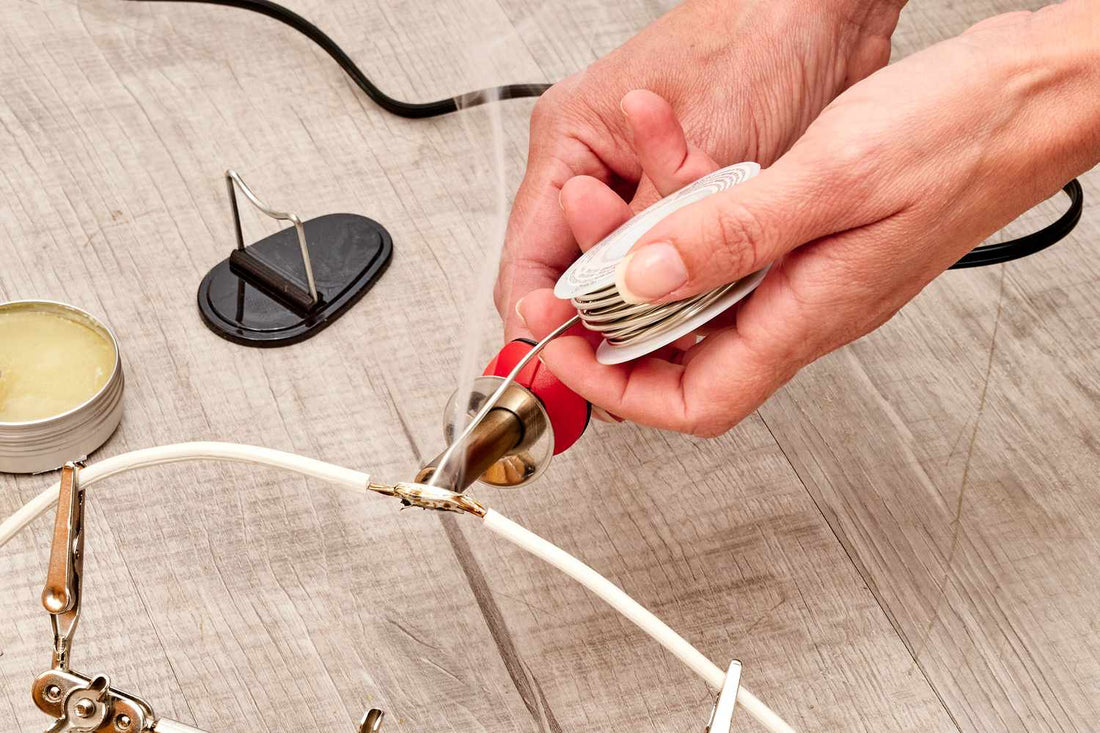
The easier way to solder wire connectors
What do you need to start soldering wires
Before starting, it is important to have the necessary tools for soldering at hand, such as a soldering iron, tin, flux and the wire connectors themselves. In addition, make sure you are working in a safe, well-ventilated environment.
The first step is to prepare the wires that will be soldered. It is important to ensure that the wires are clean and without any type of coating or residue that could interfere with the welding. For this, you can use a wire stripper to remove the outer layer of the wire and expose the copper inside. Make sure you don't remove too much layer, so you don't weaken the thread.
Then it is important to apply flux to the strands. Flux is a chemical compound that helps to clean the threads and facilitate the adherence of the tin. You can apply the flux using a brush or a flux applicator.
With the wires ready, it's time to prepare the connectors. Be sure to choose the correct connector for the type of wire to be soldered and make sure it is clean and free of any type of coating or residue. It is important that the wires are well attached to the connectors, to prevent them from coming loose after soldering.
Now that the wires and connectors are ready, it's time to heat up the soldering iron. Let it iron for a few minutes until it reaches the correct temperature for soldering.
Generally, the ideal temperature for soldering is between 250°C and 300°C.
Time to solder
With the soldering iron warmed up, it's time to start soldering. Start by heating the connector with the soldering iron for a few seconds. Then apply a small amount of tin on the tip of the soldering iron and apply it over the connector, in order to cover the wire that it's inside it. Make sure that the tin has covered the entire wire and that there is no air bubbles inside the connector.
Repeat the process with the other wire and the other connector. Make sure the wires are fine attached to the connectors and that there are no slack or loose wires.
Finally, it is important to let the solder cool before handling wires or connectors.
Welding must be firm and secure, without any type of oscillation or looseness. if the welding is not firm enough, you can reapply the soldering iron to make sure it is well done.
In short, soldering wire connectors might seem like a daunting task, but with the tools and right techniques, you will be able to carry out welding in a practical and very safe way, leaving your electrical system reliable and ready to use.
